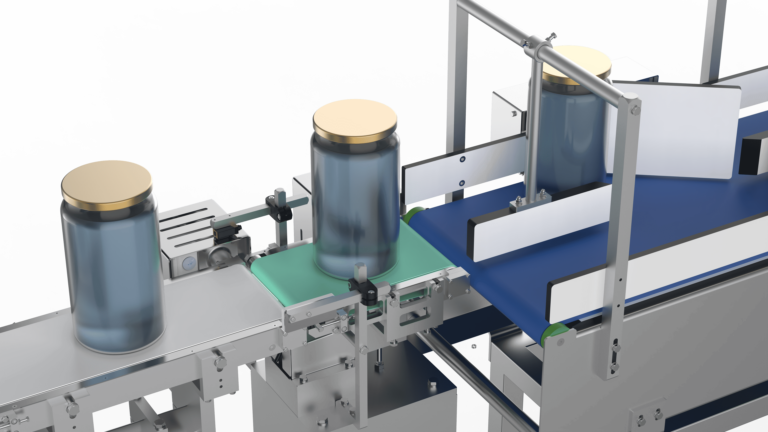In today’s business environment, characterised by intense competition and constant technological evolution, cost optimisation has become an essential tool for ensuring both sustainability and profitability. This practice not only helps increase profit margins but also drives operational efficiency and enhances an organisation’s ability to adapt to market changes.
Cost optimisation is often confused with cost reduction, but the two concepts have distinct approaches and objectives. While cost reduction focuses on cutting expenses to lower outlays, cost optimisation aims to identify areas for improvement and implement intelligent strategies that maximise value without compromising quality, productivity, or customer service.
Cost optimisation is often confused with cost reduction, but the two concepts have distinct approaches and objectives. While cost reduction focuses on cutting expenses to lower outlays, cost optimisation aims to identify areas for improvement and implement intelligent strategies that maximise value without compromising quality, productivity, or customer service.










